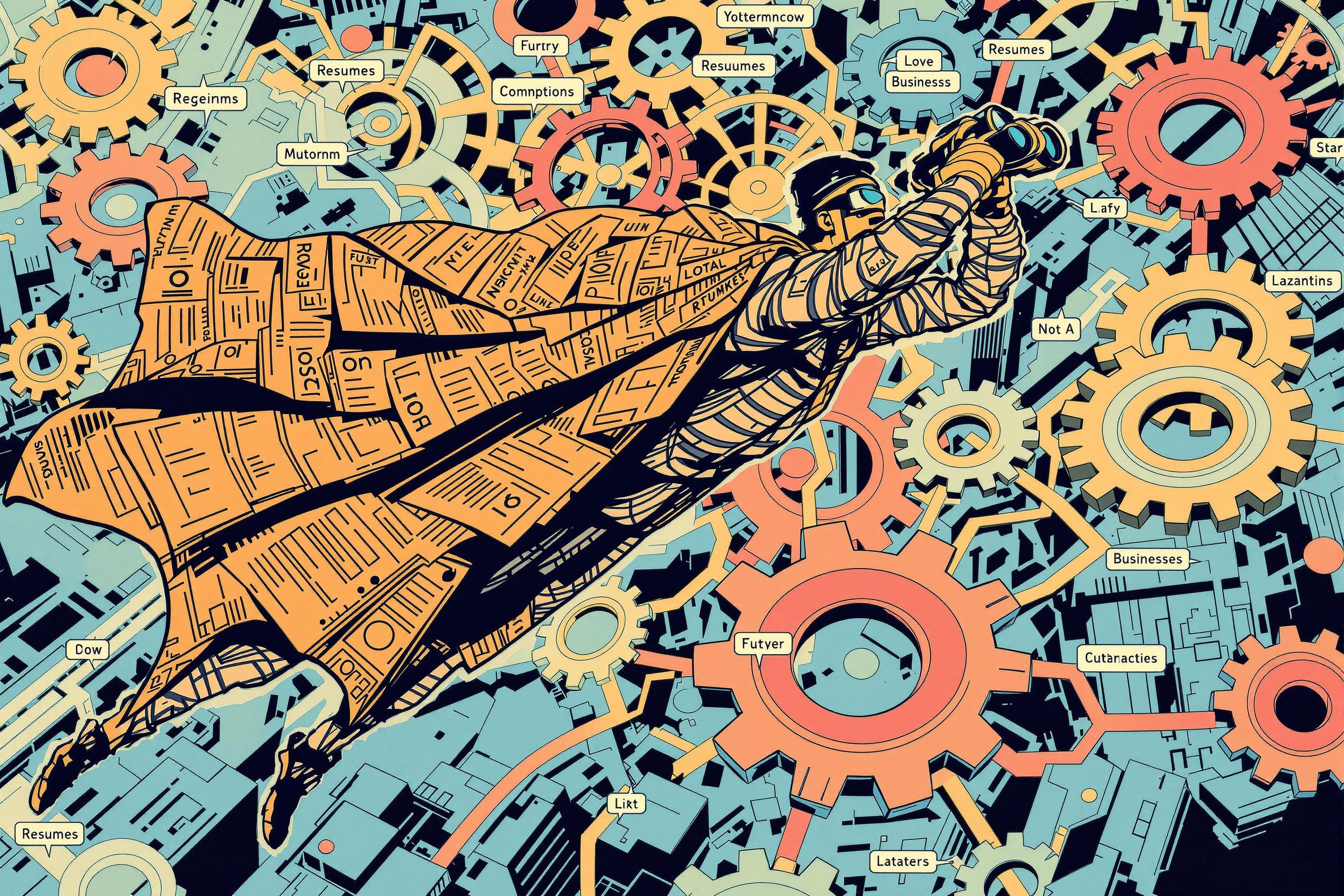
Displacement Map
A Displacement Map is a special technique used in animation and 3D graphics to add realistic textures and surface details to objects. Think of it like a stamp that can push and pull parts of a surface to create bumps, wrinkles, or patterns. Animators use this to make things like rough ocean waves, wrinkled clothing, or uneven terrain without having to manually create every detail. It's a way to make computer-generated images look more natural and less perfectly smooth. You might see this term used alongside other surface detail techniques like bump mapping or normal mapping.
Examples in Resumes
Created realistic terrain using Displacement Map techniques in Maya
Applied Displacement Maps to character models to add skin detail and clothing wrinkles
Developed efficient Displacement Mapping workflow for environmental assets
Typical job title: "3D Artists"
Also try searching for:
Where to Find 3D Artists
Online Communities
Learning Resources
Professional Networks
Example Interview Questions
Senior Level Questions
Q: How would you optimize displacement maps for a large-scale production environment?
Expected Answer: A senior artist should discuss efficient file management, resolution optimization, and creating standardized workflows that balance visual quality with production constraints.
Q: Can you explain your approach to troubleshooting displacement map issues in a production pipeline?
Expected Answer: Should demonstrate understanding of common problems like memory usage, render times, and how to adjust displacement settings for different needs while maintaining quality.
Mid Level Questions
Q: What considerations do you take when creating displacement maps for animated characters?
Expected Answer: Should explain how displacement affects animation, managing level of detail, and ensuring displacement works across different poses and movements.
Q: How do you decide between using displacement maps versus other texturing techniques?
Expected Answer: Should discuss evaluation of project needs, performance requirements, and when displacement provides better results than alternatives.
Junior Level Questions
Q: What is a displacement map and how is it different from a normal map?
Expected Answer: Should explain that displacement actually changes the surface geometry while normal maps only affect how light interacts with the surface, using simple, clear examples.
Q: How do you create a basic displacement map for a simple surface?
Expected Answer: Should be able to describe the process of creating or generating a displacement map and applying it to a basic 3D surface.
Experience Level Indicators
Junior (0-2 years)
- Basic understanding of displacement maps
- Creating simple displacement textures
- Using displacement in basic 3D models
- Understanding of common 3D software
Mid (2-5 years)
- Creating complex displacement maps
- Optimizing displacement for performance
- Troubleshooting common issues
- Integration with other texturing techniques
Senior (5+ years)
- Advanced displacement techniques
- Pipeline optimization
- Training and mentoring others
- Solving complex technical challenges
Red Flags to Watch For
- No understanding of basic 3D modeling concepts
- Unable to explain difference between displacement and other mapping techniques
- No experience with industry-standard 3D software
- Lack of knowledge about optimization and performance impact
Related Terms
Need more hiring wisdom? Check these out...

Speak Their Language: How Localized Job Descriptions Unlock Regional Talent

Unlocking Team Potential: Personality Mapping for Dynamic Management

Lost in Translation? How a Hybrid Mentorship Database Bridges Cross-Regional Talent

